Moscow’s cultural landscape is far more diverse than its world-renowned historical museums and theaters suggest. Beyond the grand halls of the Tretyakov Gallery or the Bolshoi Theatre lies a dynamic, often underground, art scene thriving in converted factories, hidden courtyards, and communal workspaces. For those with a passion for contemporary art and a desire to engage directly with the creative process, discovering Moscow’s Creative Spaces offers a fascinating and intimate journey. These hubs of artistic energy, from working artist studios to avant-garde galleries, reveal the city’s vibrant and ever-evolving cultural pulse.
The Rise of Art Clusters in Former Industrial Zones
A significant and defining feature of Moscow’s contemporary art scene is the proliferation of “art clusters” or creative hubs. These are large-scale projects that have revitalized defunct industrial zones, transforming them into vibrant centers for art, design, and culture. The city’s industrial legacy has, therefore, become a fertile ground for a new generation of artists and designers. The conversion of these vast, historic spaces into something new is a powerful visual metaphor for the city’s continuous reinvention. This trend of urban renewal has provided a home for many of Moscow’s Creative Spaces.
Winzavod Contemporary Art Centre is perhaps the most famous example. Housed in a former winery, Winzavod is a sprawling complex of red-brick buildings that now hosts multiple private galleries, artist studios, design shops, and a variety of cultural events. It is a place where you can see a major exhibition by a well-known contemporary artist and then stumble upon a smaller gallery showcasing a young, emerging talent. The atmosphere here is both serious and relaxed, attracting a diverse crowd of art lovers, professionals, and students.
Similarly, Artplay Design Center occupies the territory of a former manometer factory. It has become a premier destination for architects, designers, and artists. The space is a labyrinth of showrooms, design bureaus, and galleries, providing a showcase for both established and emerging creative minds. Artplay’s industrial architecture—exposed brick, high ceilings, and large windows—serves as an ideal backdrop for contemporary works. It also hosts festivals, markets, and exhibitions, making it a lively and dynamic part of Moscow’s Creative Spaces.
These repurposed sites are more than just exhibition venues; they are entire ecosystems. They provide a space where artists can work, meet, and collaborate. They have fostered a sense of community. This has become the backbone of the city’s independent art world.
Navigating Alternative Galleries
While state-run museums are essential, Moscow’s alternative galleries provide a more intimate and often edgier look into contemporary art. These spaces are typically smaller, more agile, and willing to take risks on new forms of expression and unconventional artists.
RuArts Gallery, for example, is one of the leading contemporary art galleries in Moscow. It showcases a diverse range of media, including painting, photography, video, and installation. It is known for its focus on new artistic trends and its support for Russian and international artists. The gallery’s curated exhibitions often generate significant discussion. This makes it an important stop for anyone seeking to understand the current state of Moscow’s art scene.
Another key player is the Triumph Gallery, which has been a major force in promoting Russian contemporary art both at home and abroad. It represents a roster of well-known and up-and-coming artists and participates in international art fairs. Its exhibitions are meticulously curated. They often feature large-scale projects that challenge traditional notions of art. The gallery also has a strong focus on art education and public programming.
For a different experience, a visit to the Lumière Brothers Center for Photography provides a deep dive into the world of photography. Located in a former factory complex, it showcases works by both classic Russian photographers and modern international artists. Its exhibitions are thoughtfully curated. They explore various themes and genres. The center itself has a great atmosphere. Its dedication to the medium makes it a must-visit for photography enthusiasts.
These and other alternative galleries operate independently from the major institutions. They offer a more direct and often more unfiltered engagement with art. They are vital to the health of the city’s artistic ecosystem. They provide a platform for voices that might not be heard in a more traditional setting. Therefore, exploring Moscow’s alternative galleries is an essential part of the journey.
Artist Studios: Where Creativity Happens
The most authentic and personal way to experience a city’s art scene is to visit an artist’s studio. While access to these private working spaces can sometimes be challenging, many creative hubs, like Winzavod and Artplay, have open studio days or special events that welcome the public. These opportunities provide a rare look into the creative process, allowing visitors to see works in progress and speak directly with the artists.
A visit to an artist’s studio Moscow offers an unparalleled insight into the raw materials, tools, and ideas that shape a finished work. You might see a sculptor working on a large-scale piece. You might also find a painter putting the finishing touches on a canvas. These experiences are truly immersive. They demystify the artistic process. The interaction with the artist can be very enlightening. It provides context and a human connection to the art itself.
Many artists have studios in a creative cluster. This has fostered a strong sense of community. The shared energy and dialogue among artists can be very powerful. It is a place where ideas are exchanged and collaborations are born. Therefore, these spaces are not just workplaces; they are vital hubs for intellectual and creative exchange.
The Role of Major Institutions in Supporting Contemporary Art
While much of the innovation happens in alternative spaces, major institutions have also embraced contemporary art. They play a crucial role in giving it a broader platform and greater legitimacy. The Múzeum súčasného umenia Garage is a prime example. Housed in a beautifully renovated Soviet-era bus garage in Gorky Park, Garage has become a leading international institution for contemporary art. It presents major exhibitions by both Russian and international artists. It also runs an extensive public program of lectures, screenings, and workshops. The museum’s impressive collection, commitment to research, and support for young artists make it a cornerstone of Moscow’s art scene.
Another institution that has embraced modernity is the Multimedia Art Museum, Moscow (MAMM). Founded on the basis of the Moscow House of Photography, MAMM is dedicated to new media, photography, video art, and digital art. Its seven floors of exhibition space offer a dynamic and constantly changing program of exhibitions. The museum’s focus on innovative forms of visual expression makes it a key player in the city’s contemporary cultural life. The building itself is an architectural gem. It provides a perfect setting for the art it contains.
Stránka New Tretyakov Gallery (part of the larger State Tretyakov Gallery) is another place to see a significant collection of 20th and 21st-century Russian art. It presents a comprehensive overview of modern Russian art, from the avant-garde movements to post-Soviet contemporary works. This provides a valuable historical context for understanding the work seen in the city’s smaller, alternative galleries.
These institutions, both public and private, work alongside the smaller galleries and studios. This creates a rich and diverse art ecosystem. It gives contemporary artists a range of platforms to showcase their work.
Art Education and Community Building
Moscow’s Creative Spaces are also centers for art education and community building. Many studios and galleries offer workshops, masterclasses, and lectures. These programs are designed for both professional artists and the general public. They provide opportunities for people of all skill levels to engage with art.
For instance, art schools like the Moscow Art Theatre School may focus on performance and drama. However, many creative spaces offer hands-on workshops in painting, drawing, sculpture, and other disciplines. These educational initiatives help to foster a new generation of artists. They also cultivate a more informed and engaged audience. The presence of these spaces encourages creativity and learning.
Furthermore, these creative hubs serve as important social spaces. Cafes, bookstores, and music venues are often integrated into their complexes. These ancillary businesses provide places for people to meet, discuss ideas, and simply relax. This sense of community is vital to the health of the art scene. It transforms these spaces from mere galleries into living, breathing cultural centers. The combination of art, education, and social interaction makes these places unique. They are a reflection of a dynamic and forward-looking city.
In conclusion, Moscow’s Creative Spaces offer a window into the city’s vibrant and innovative artistic soul. From the repurposed factories of Winzavod and Artplay to the intimate settings of alternative galleries and working artist studios, the city provides a rich and layered experience for anyone interested in contemporary culture. This thriving ecosystem of art, design, and community demonstrates that Moscow is not only a guardian of its historical heritage but also a powerful engine for creative innovation, constantly building upon its past to shape its future.

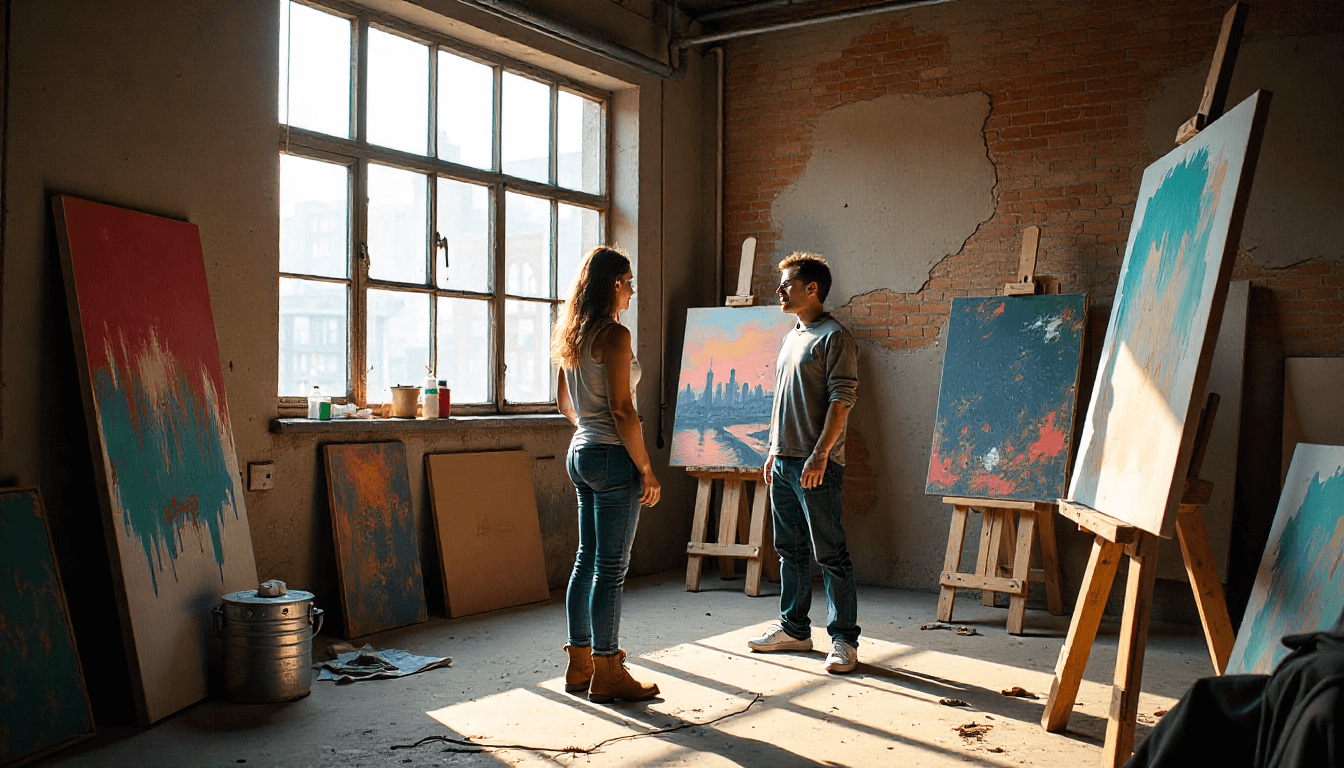 Moscow’s Creative Spaces: Artist Studios and Alternative Galleries">
Moscow’s Creative Spaces: Artist Studios and Alternative Galleries">

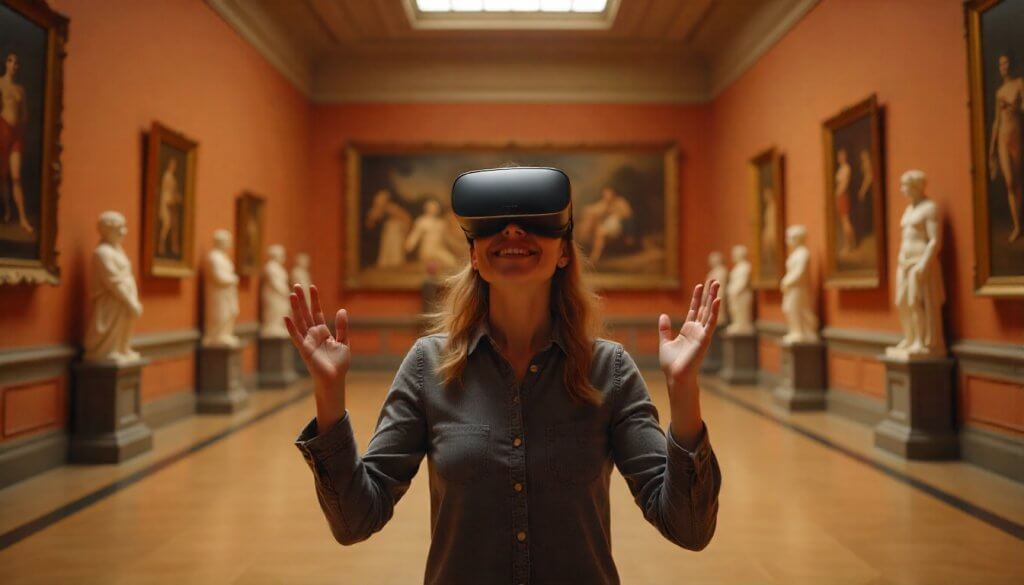 Virtual Reality Museums in Moscow: When Physical Meets Digital">
Virtual Reality Museums in Moscow: When Physical Meets Digital">
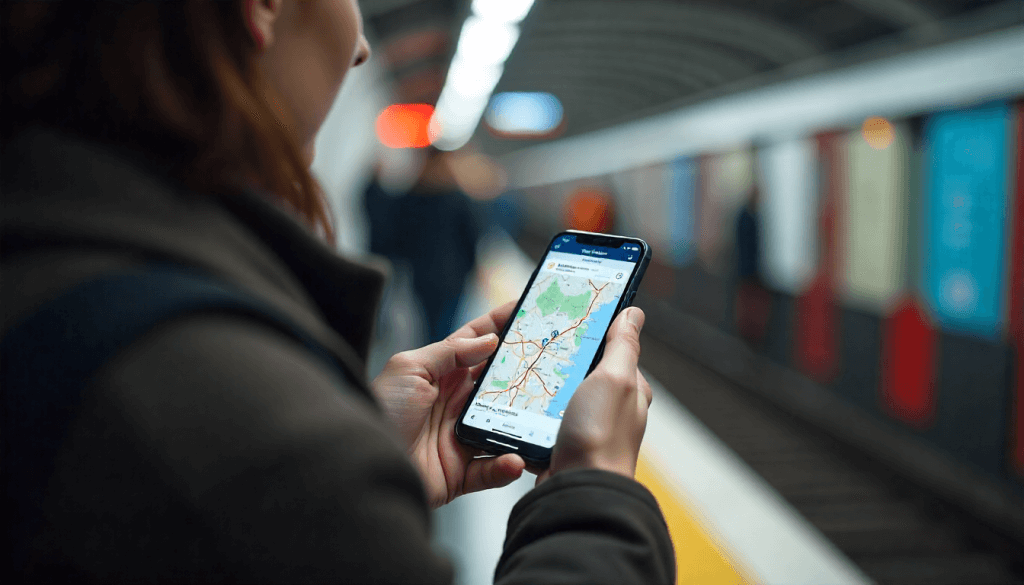 Smart Tourism in Moscow: Apps and Digital Tools for Modern Travelers">
Smart Tourism in Moscow: Apps and Digital Tools for Modern Travelers">
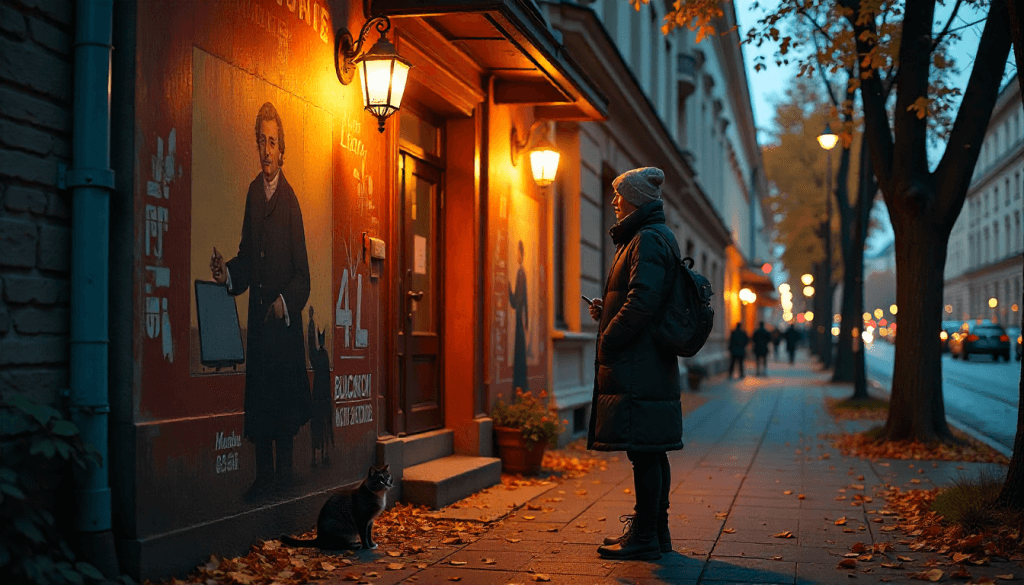 Hidden Moscow: Off-the-Beaten-Path Locations Your Pass Unlocks in 2025">
Hidden Moscow: Off-the-Beaten-Path Locations Your Pass Unlocks in 2025">
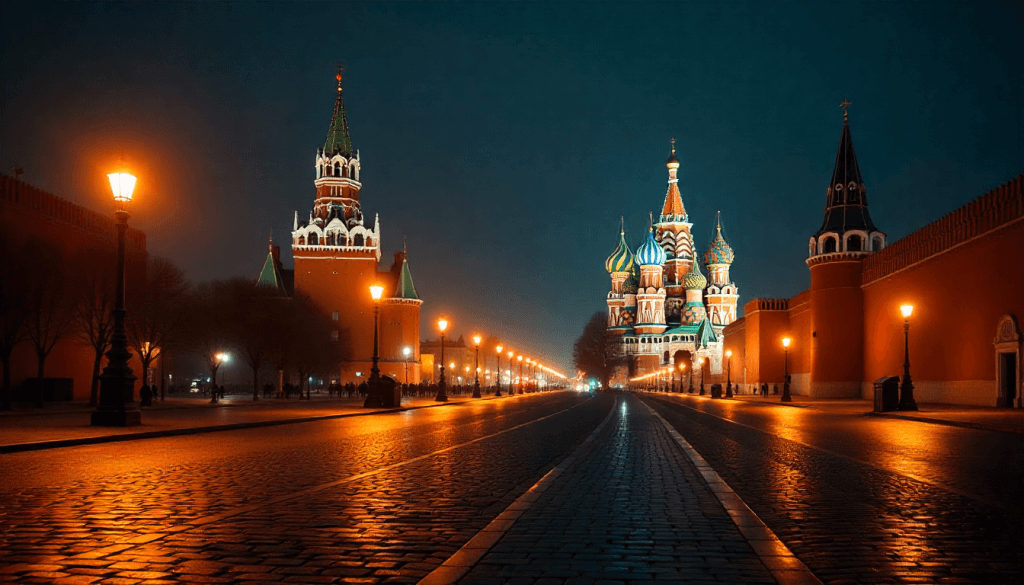 Moscow After Midnight: Late-Night Attractions and 24-Hour Experiences">
Moscow After Midnight: Late-Night Attractions and 24-Hour Experiences">
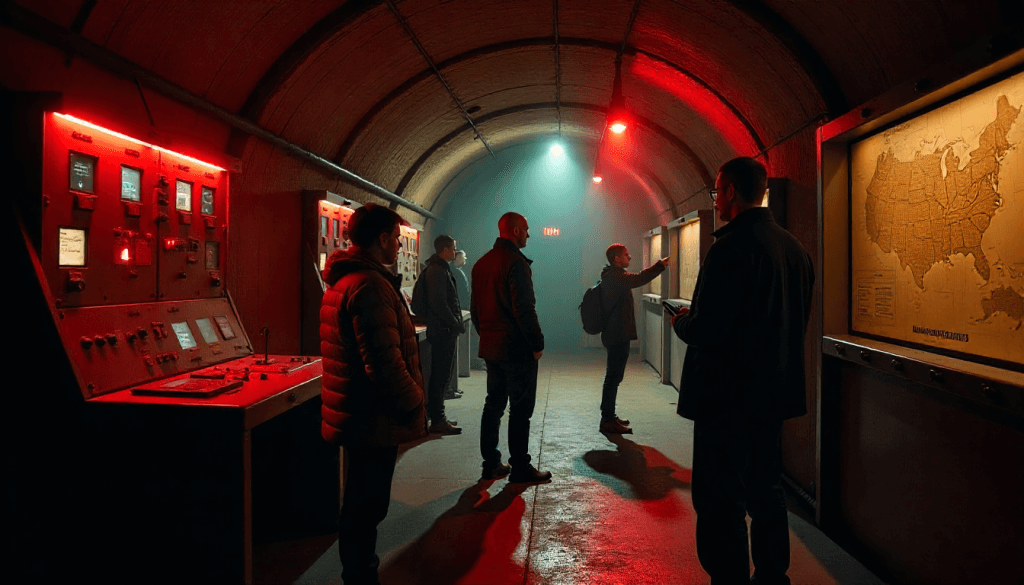 Industrial Tourism in Moscow: Factory Tours and Manufacturing Heritage">
Industrial Tourism in Moscow: Factory Tours and Manufacturing Heritage">
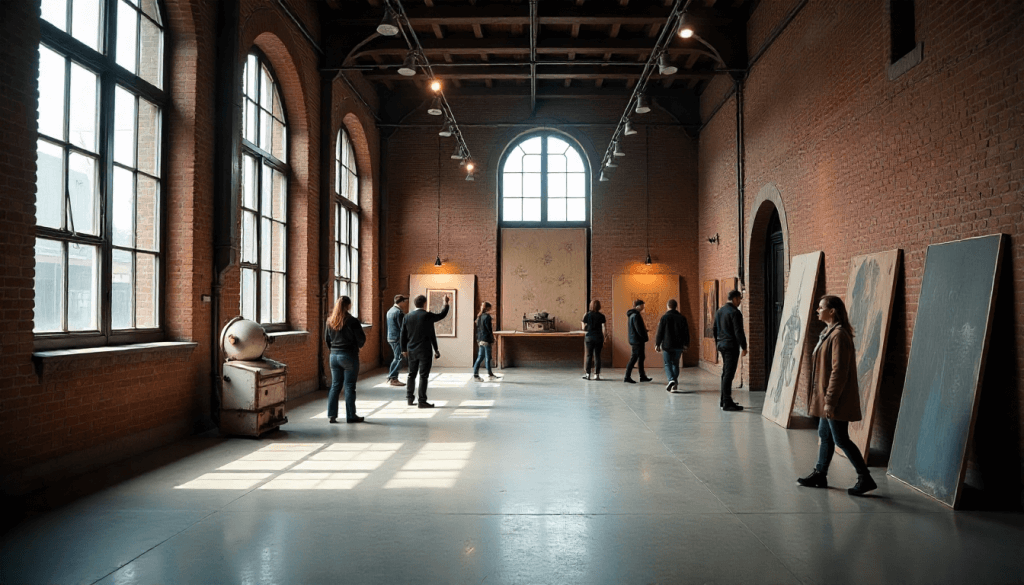 Industrial Tourism in Moscow: Factory Tours and Manufacturing Heritage">
Industrial Tourism in Moscow: Factory Tours and Manufacturing Heritage">
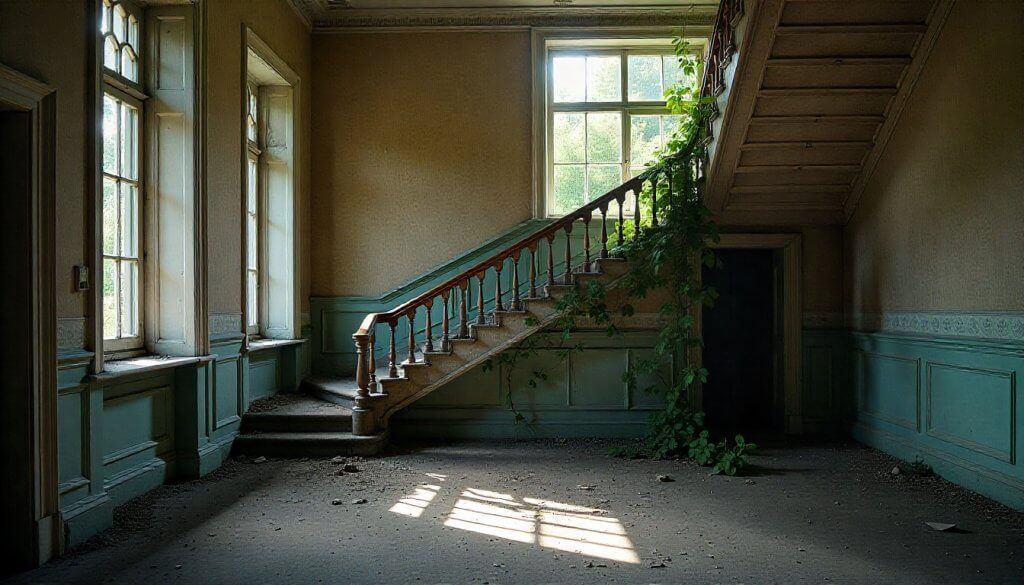 Abandoned Places Near Moscow: Urban Exploration Day Trips">
Abandoned Places Near Moscow: Urban Exploration Day Trips">
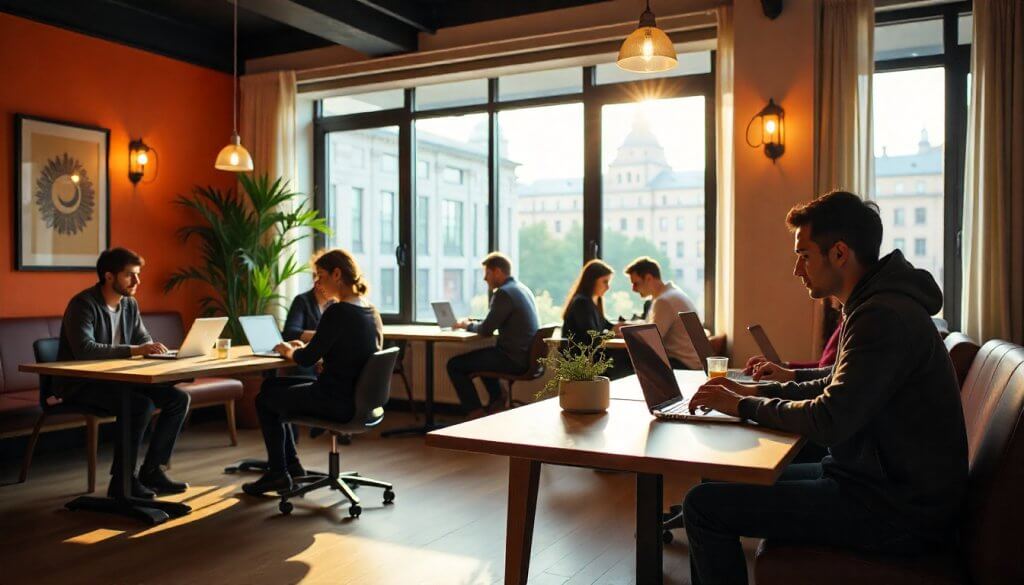 Moscow Pass for Digital Nomads: Co-working Spaces and WiFi Hotspots">
Moscow Pass for Digital Nomads: Co-working Spaces and WiFi Hotspots">
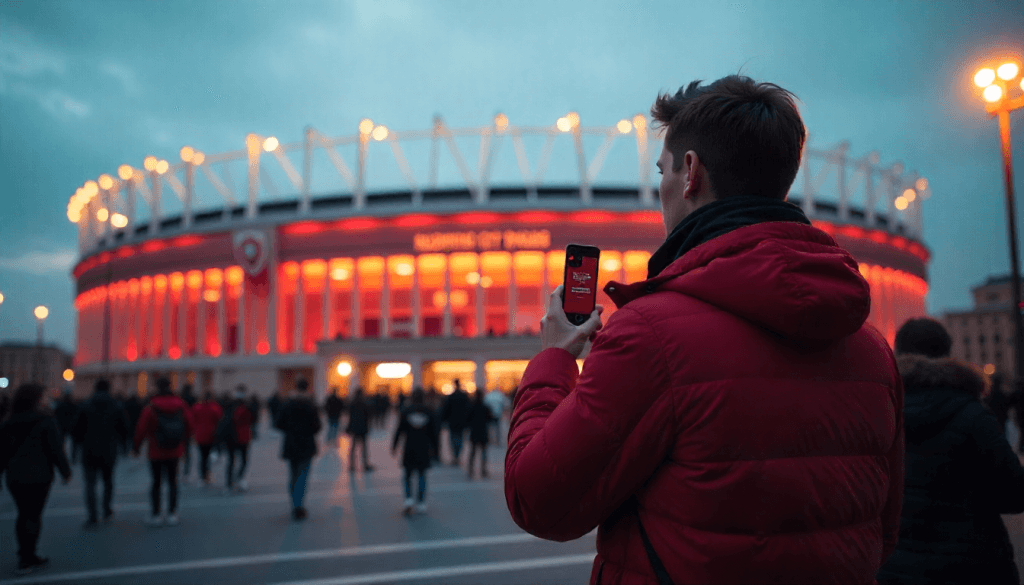 Moscow for Sports Fans: Stadiums, Teams, and Athletic Heritage in 2025">
Moscow for Sports Fans: Stadiums, Teams, and Athletic Heritage in 2025">
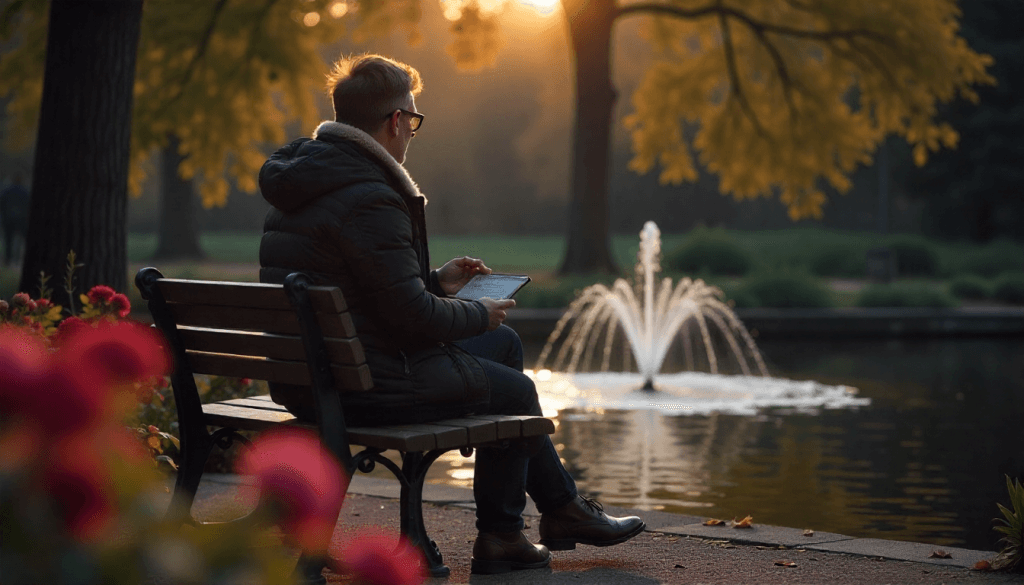 Secret Gardens and Hidden Parks: Moscow’s Green Oases in 2025">
Secret Gardens and Hidden Parks: Moscow’s Green Oases in 2025">